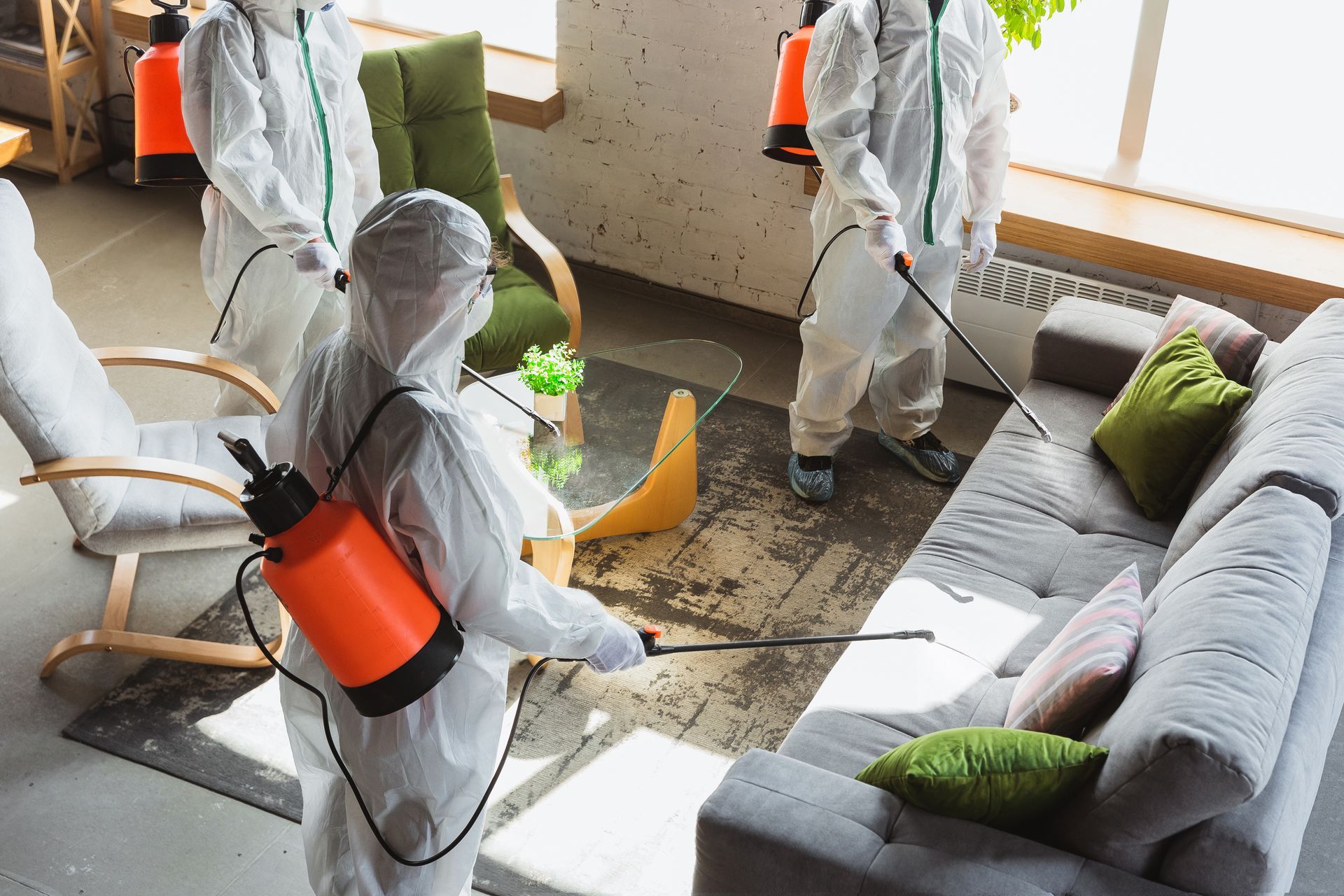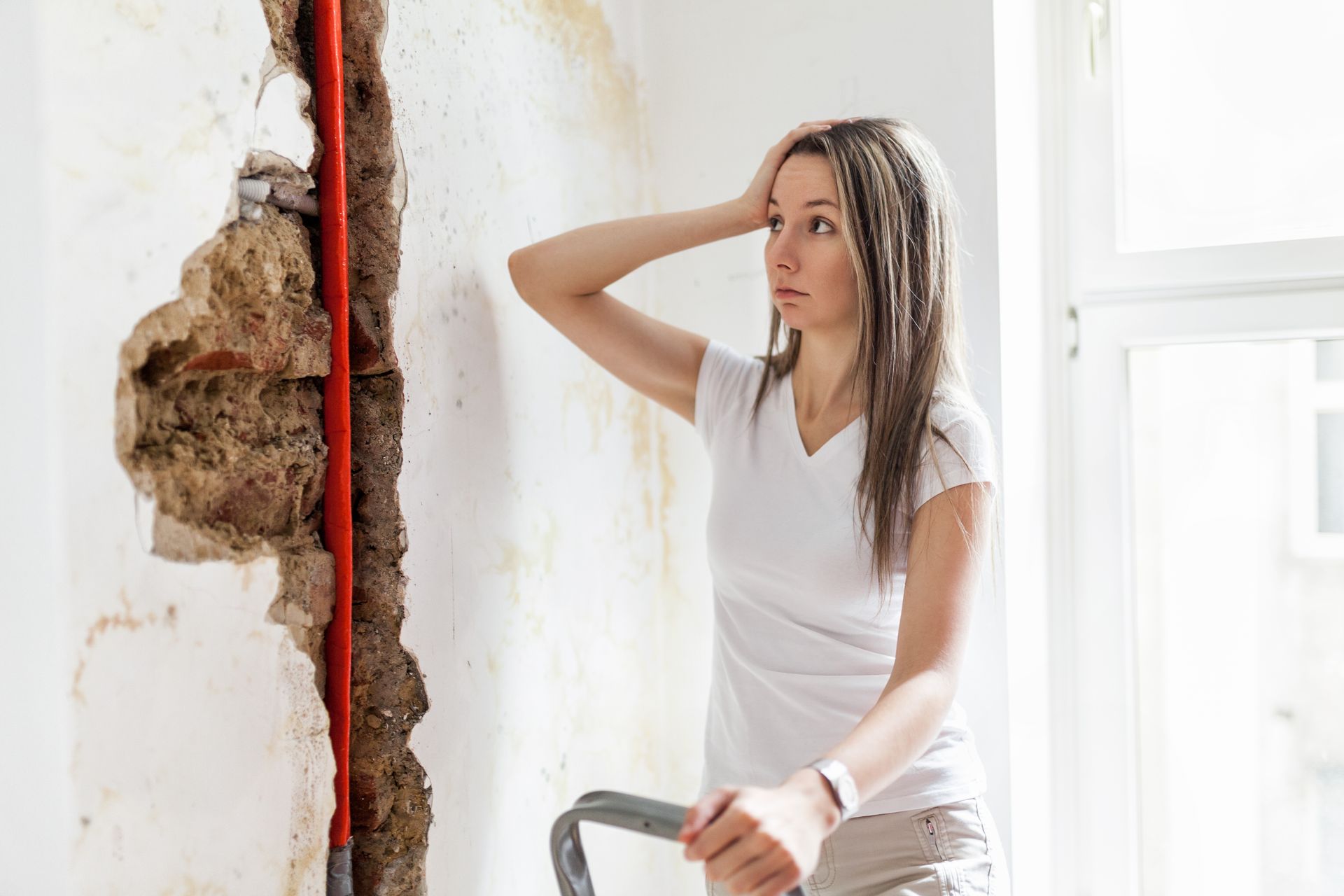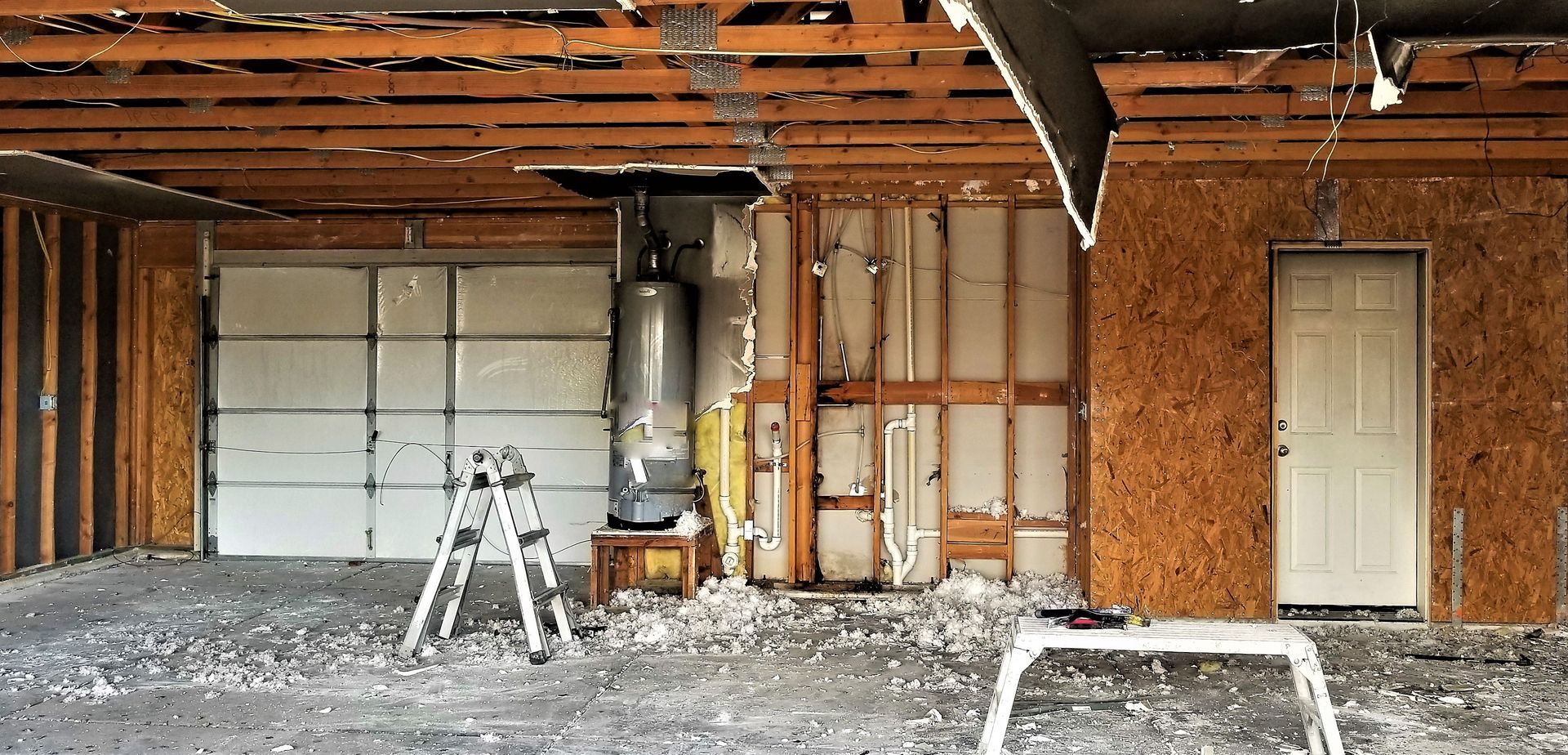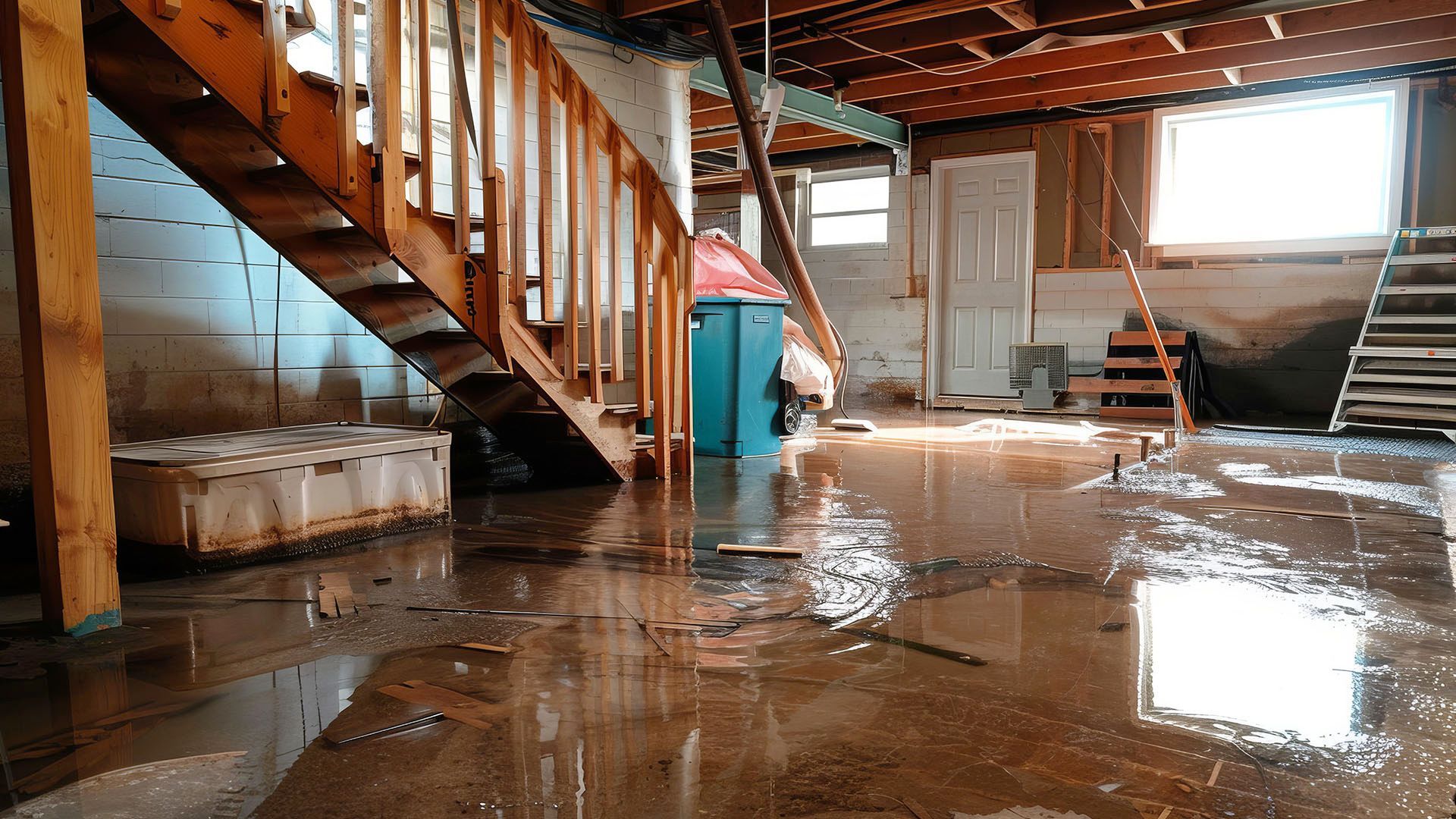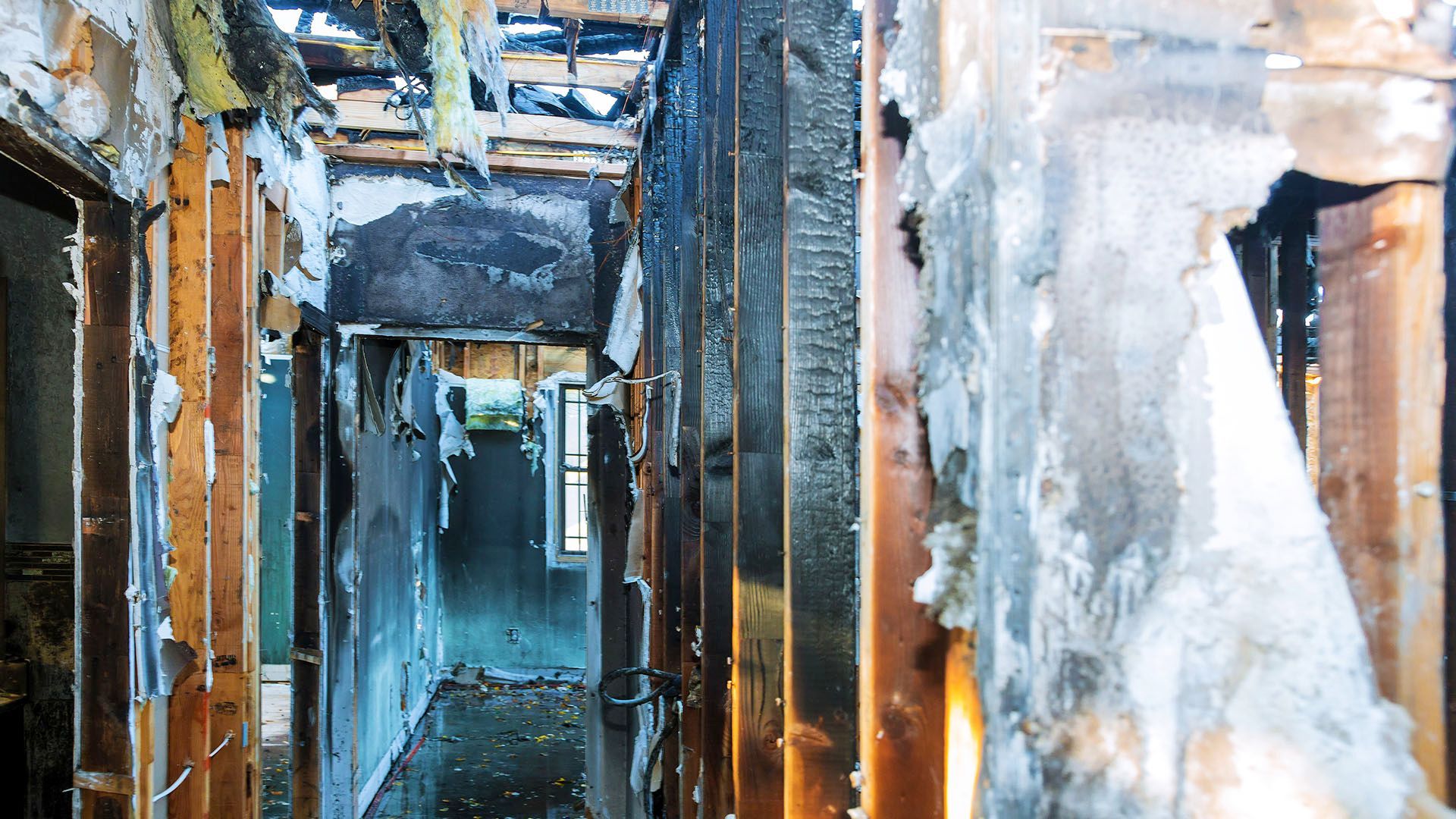Attic Mold: How to Prevent it & How it Happens
keep the attic dry with steady air flow, fix roof leaks fast, seal warm indoor air from reaching the attic, keep humidity under 50%, and check the space each season.
At Incredible Restorations, LLC, our IICRC-certified team has helped Connecticut homeowners stop and remove attic mold since 2017. We specialize in water damage, mold remediation, roofing repairs, and reconstruction, so we see what actually works in real homes. This guide gives clear steps you can use today, no fluff, just proven attic moisture control and roof leak mold prevention methods.
Why Attic Mold is a Serious Problem
The Health and Home Risks of Mold Growth
Mold releases tiny spores that can irritate allergies and asthma. In the home, mold stains wood, leaves odors, and can weaken materials over time. Left alone, it spreads into insulation, drywall, and HVAC components raising costs and cleanup time.
Why the Attic is a Prime Mold Zone
Attics trap warm, moist air from living spaces and can collect water from small roof leaks. If ventilation is poor or insulation is thin, moisture lingers on cold wood surfaces. That’s an easy setup for mold.
Common Causes of Attic Mold
Poor Ventilation and Air Circulation
When outside air can’t flow in at the eaves and out at the ridge, humid air gets stuck. Stagnant air = condensation and mold.
Roof Leaks and Water Intrusion
Missing shingles, cracked flashing, and clogged gutters send water into the attic. Even slow drips can wet rafters and insulation.
Inadequate Insulation and Air Sealing
Gaps around light fixtures, attic hatches, and bath or kitchen fans let warm, moist air rise into the attic. Warm air meets cool wood and condenses.
High Humidity and Moisture Buildup
Humid climates, unvented appliances, and damp basements lift overall humidity levels. Without control, moisture builds up in the attic.
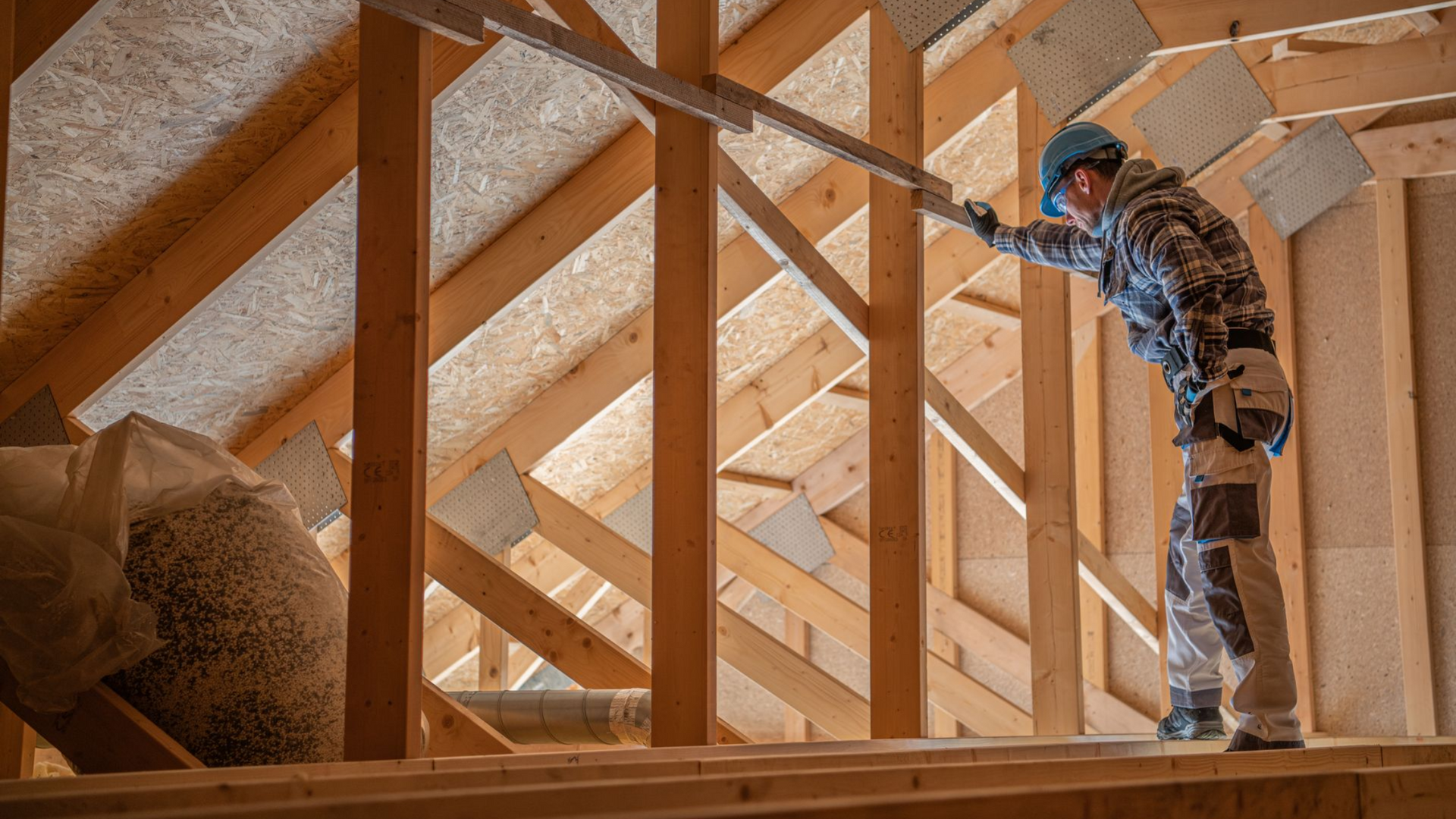
Proven Strategies to Prevent Mold in Your Attic
Improve Attic Ventilation
Bottom line: balance intake and exhaust.
- Keep soffit vents clear of insulation and debris.
- Make sure ridge or roof vents are open and not blocked.
- Avoid mixing vent types that short-circuit airflow.
This steady air movement lowers humidity and dries surfaces key for mold growth prevention.
Regular Roof Inspections and Leak Repairs
Bottom line: fix small problems before they become big ones.
- Inspect after storms and each spring/fall.
- Repair damaged shingles, flashing, and seals right away.
- Clean gutters and downspouts so water drains away from the roofline.
- Consistent upkeep is the most reliable roof leak mold prevention step you can take.
For severe damage from storms, you may need emergency board-up services to protect your home while repairs are made.
Install Proper Insulation and Vapor Barriers
Bottom line: keep warm indoor air out of the attic.
- Add or upgrade attic insulation to recommended levels.
- Air-seal around recessed lights, attic hatches, and plumbing or wiring penetrations.
- Use a class-appropriate vapor retarder where needed to limit moisture movement.
Control Humidity with Dehumidifiers or Fans
Bottom line: aim for <50% relative humidity.
- Vent bath and kitchen fans to the outdoors, not into the attic.
- Use a whole-home or portable dehumidifier if indoor humidity runs high.
- Consider smart monitors to track attic humidity levels over time.
Conduct Seasonal Mold Inspections
Bottom line: catch issues early.
- Look for dark spotting on sheathing, musty odors, damp insulation, or rusted fasteners.
- If you spot moisture, find the source first air leaks, roof leaks, or condensation then clean and dry the area.
When to Call in the Professionals
Signs You Need Mold Remediation Services
Call a pro if you see widespread staining on roof decking, strong smoke-like or musty odors that don’t fade, recurring moisture after fixes, or if anyone in the home has breathing issues. Professional mold remediation services include source removal, HEPA filtration, and safe cleanup methods that protect the rest of your home.
Professional mold remediation services include source removal, HEPA filtration, and safe cleanup methods that protect the rest of your home.
Benefits of Working with Certified Restoration Experts
IICRC-certified technicians follow industry standards for inspection, containment, cleaning, and drying. A qualified team can also coordinate roof repairs, insulation upgrades, and attic air sealing so the problem doesn’t return.
Keep Your Home Safe with Preventative Maintenance
Set a simple schedule: check the roof and attic every spring and fall, after major storms, and before winter. Keep soffit and ridge vents clear, insulation even, and indoor humidity under 50%. With steady ventilation, air sealing, and quick leak repairs, you’ll protect your home, your air quality, and your budget.
If you discover a significant mold issue, pause DIY cleaning and contact our professional team. Our IICRC-certified, family-owned team has served Connecticut homes since 2017 with 24/7 emergency response, mold remediation, roofing repairs, and reconstruction.
Frequently Asked Questions
Can I remove attic mold myself, or do I need a professional?
Small areas of surface mold (less than 10 square feet) can often be cleaned with proper safety gear, but widespread mold, health concerns, or recurring growth requires professional remediation. IICRC-certified technicians have specialized equipment and follow safety protocols that protect both you and your home during the cleanup process.
How quickly can mold start growing in my attic after water damage?
Mold can begin growing within 24-48 hours of moisture exposure under the right conditions. Connecticut's humid climate makes attics particularly vulnerable, especially during summer months when warm air meets cool surfaces. This is why immediate action after roof leaks or flooding is critical.
What's the difference between condensation and a roof leak in my attic?
Condensation typically appears as widespread dampness on multiple surfaces and occurs during temperature changes, while roof leaks create localized wet spots that worsen during rain. Check during and after storms if wetness increases with rainfall, you likely have a roof leak that needs immediate repair.
How much does professional attic mold remediation cost in Connecticut?
Costs vary based on the extent of contamination, but typical projects range from $1,500 to $6,000. Factors include square footage affected, type of materials contaminated, and whether structural repairs are needed. We provide free inspections and detailed estimates, and many homeowner's insurance policies cover mold remediation when it results from covered perils.
Will improving attic ventilation solve my mold problem permanently?
Better ventilation is essential but may not be enough alone. Successful mold prevention requires addressing all moisture sources: fixing roof leaks, improving air sealing, controlling indoor humidity, and maintaining proper insulation. A comprehensive approach prevents recurrence, while addressing only ventilation might leave other moisture pathways open.

